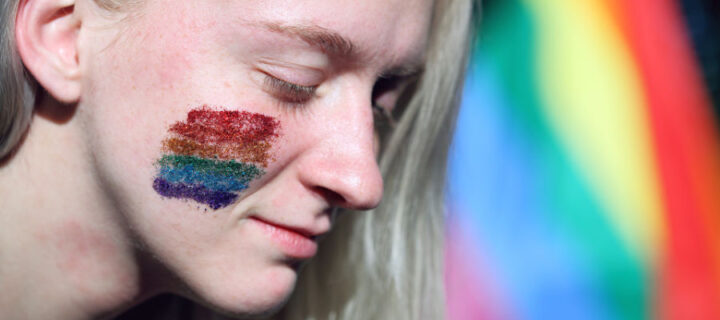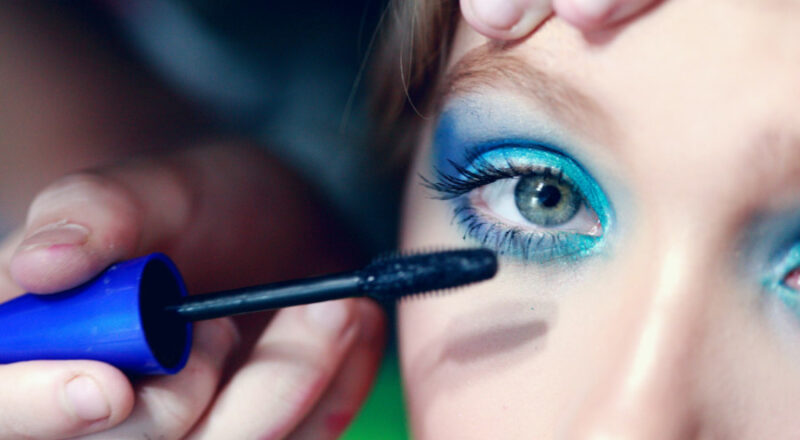
Gender Fluid – A Nonbinary View of Genders and More
Have you ever thought about how we understand gender? For many of us, gender seems straightforward, but it’s not the same for everyone. Let’s talk about gender fluidity. This is different from being transgender, and it’s important to know the difference.
Gender fluid people often change how they feel about their gender. Sometimes they might feel more like a girl, other times more like a boy, or maybe something else entirely. This guide will take you on a journey to explore what it means to be gender fluid.
On this page
What is Gender Fluidity?
Imagine a world where your identity is like the weather, constantly changing and evolving. This is the reality for someone who is gender fluid. Gender fluidity means that a person doesn’t stick to one fixed gender; instead, their gender identity shifts over time.
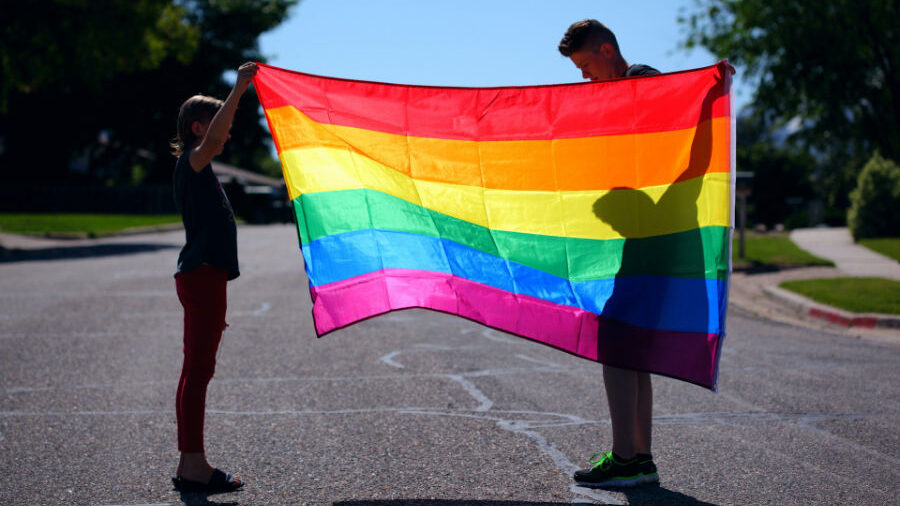
One day, they might feel more masculine, the next more feminine, and sometimes somewhere in between or outside these categories. It’s like having a fluid spectrum of identity, rather than a fixed point.
Now, think of gender as a vast landscape, full of different possibilities. A gender fluid person might explore various parts of this landscape, experiencing different aspects of themselves. They might express their gender through clothing, behavior, or by changing their name or pronouns.
Not for Attention
This expression isn’t about seeking attention; it’s a genuine reflection of how they feel inside. It’s about aligning their external world with their internal sense of self, which is continuously evolving.
A Spectrum
This concept can be confusing for those who’ve always seen gender as strictly male or female. But understanding gender fluidity is all about opening up to the idea that gender isn’t a fixed, binary system. It’s more like a spectrum with endless possibilities.
For gender fluid people, life is an ongoing journey of self-discovery, where they get to explore different facets of who they are. They teach us that identity is not always set in stone but can be a dynamic and beautiful evolution.
Gender Fluidity vs. Transgenderism
Often, people mix up gender fluidity with being transgender, but they are distinct identities.
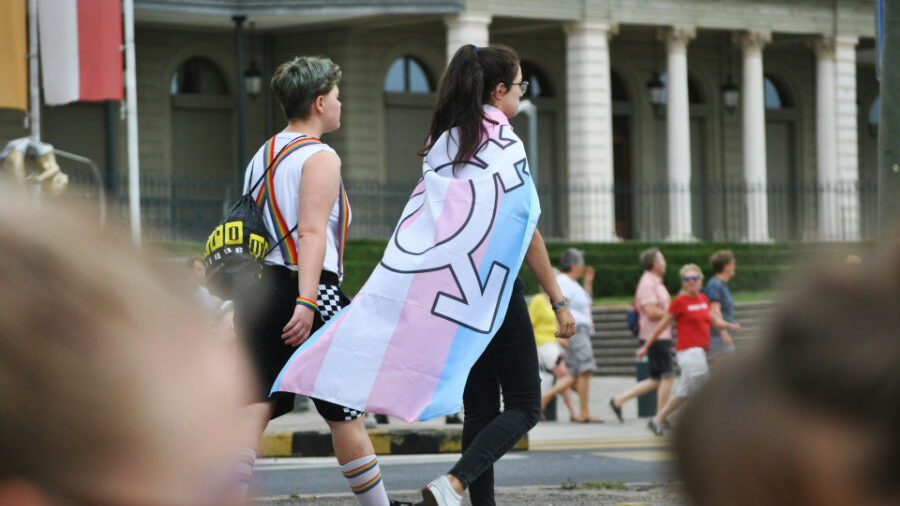
Understanding the difference is key to respecting and supporting everyone’s unique experience with gender.
Transgenderism
Transgender people have a gender identity that doesn’t match the sex they were assigned at birth. It’s like having an inner truth that doesn’t align with the external label given at birth. Once they understand their true gender identity, they often transition to live consistently as that gender.
Gender Fluidity
On the other hand, gender fluidity is more about variation and change. Gender fluid individuals don’t identify with a single, constant gender. Instead, their gender identity can vary over time, sometimes from day to day.
They might feel entirely male, female, both, or neither, at different times. Their experience of gender is not about transitioning from one fixed point to another but rather moving fluidly across the gender spectrum.
Both Challenging but NOT the Same
Understanding this distinction is crucial. While both transgender and gender fluid people might challenge traditional gender norms, their needs and experiences can be quite different. Transgender individuals often seek to align their physical appearance with their consistent gender identity, which may include medical or legal changes.
For gender fluid people, the goal is often about having the freedom and acceptance to express their changing gender identity. Recognizing these differences helps us provide appropriate support and respect to each person’s unique journey with their gender.
Societal Perspectives and Challenges
Society often likes to put things in neat boxes, especially when it comes to gender. But what happens when someone doesn’t fit into these boxes? Gender fluid individuals often find themselves in this tricky spot. They face unique challenges because their changing gender identity can be hard for others to understand or accept.

Unlike transgender individuals, who may transition to a consistent gender identity that society can eventually recognize, gender fluid people might not have this ‘fixed endpoint’. They often encounter skepticism or misunderstanding, as their fluid identity clashes with the common binary view of gender.
Real-world Challenges
This misunderstanding can lead to real-world challenges. For example, gender fluid people may struggle with forms that only offer ‘male’ or ‘female’ options, or they might face difficulties in environments like the workplace or healthcare settings, where gender expectations are rigid.
Isolation and Lack of Recognition
Their experiences can be quite different from transgender individuals, who, after transitioning, may fit more clearly into societal gender categories.
Gender fluid people constantly navigate a world that isn’t always ready to accept the fluidity of gender. They might face social isolation, lack of legal recognition, or difficulty in finding communities that truly understand their experiences.
An Understanding Society is the Key
The contrast with the transgender experience is significant. While both face discrimination and challenges, the transgender journey towards a consistent gender identity is often more understandable to society. For gender fluid individuals, the ongoing nature of their identity journey can make it harder for others to grasp and accommodate their needs.
This lack of understanding can lead to a lack of support and recognition, making everyday interactions and personal relationships more challenging.
Living in a world that largely operates on a binary understanding of gender, gender fluid individuals often find themselves having to constantly explain and justify their identity.
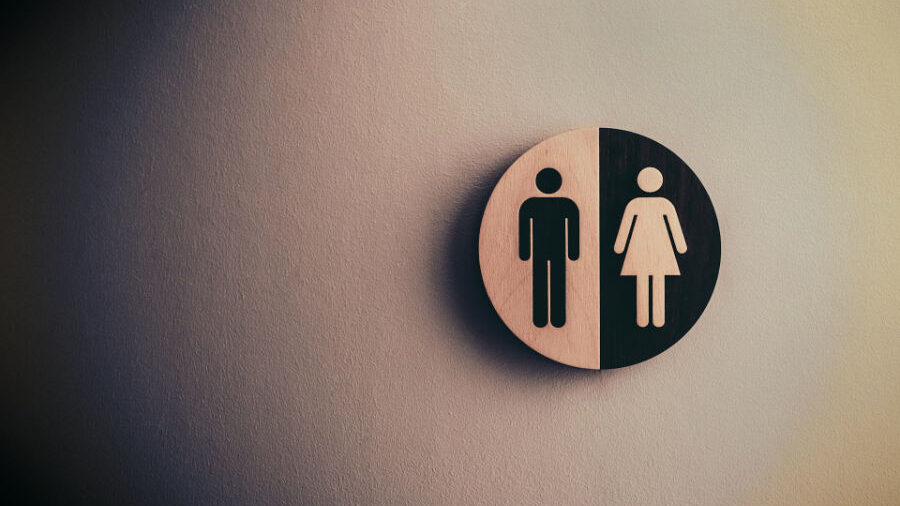
The binary system, which only acknowledges ‘male’ and ‘female’, doesn’t accommodate the fluid and changing nature of their gender experience.
Being Invisible
This can lead to feelings of invisibility or misunderstanding, as they don’t fit neatly into the categories that society understands and accepts. Navigating this can be a continuous challenge, requiring resilience and adaptability.
Coping can Help
Coping strategies are key for gender fluid individuals in this binary world. Some find solace in online communities, where they connect with others who share similar experiences. Others focus on educating those around them, advocating for themselves and the broader gender fluid community.
They might also seek out inclusive spaces or create new ones, where their fluid identity is acknowledged and celebrated. These strategies aren’t just about personal survival; they’re also about slowly shifting societal norms to be more inclusive.
Allyship and Support
Being an ally to the gender fluid community is about more than just acceptance; it’s about active support and advocacy. Effective allyship involves educating oneself about gender fluidity, using inclusive language, and respecting people’s preferred pronouns and identities.

It’s about standing up against discrimination and creating safe, welcoming spaces where gender fluid individuals can express themselves freely.
Allies can play a crucial role by amplifying gender fluid voices, supporting their rights, and helping to dismantle the rigid gender norms that restrict everyone. This support can make a significant difference, providing gender fluid individuals with the solidarity and recognition they need.
If this guide has broadened your perspective or touched your heart, don’t keep it to yourself. Share it with your friends, family, and network. Spread the knowledge and be a part of the movement towards a more understanding and inclusive world.



